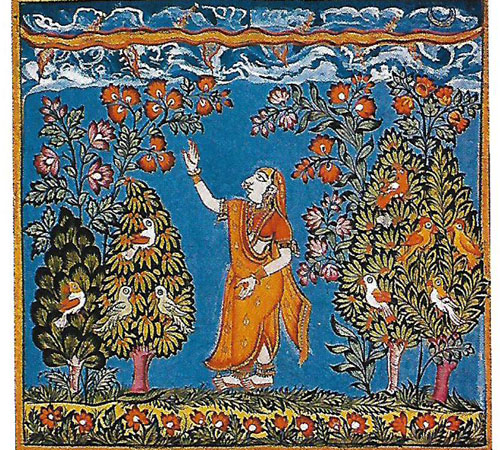
Art history/ Historiography, Museums/ Galleries / Collections / Exhibitions
Sari: The Attire of Grace
Pathak, Anamika
March, 2020
`Sati’ `satika' (in Sanskrit), 'sari’ `scree' ‘dhoti’ `luga' (in Hindi), are the words used for the traditional female garment of India, although women in Bangladesh, Nepal, and Sri Lanka also wear the sari. This long drape is simple to wear by just wrapping and folding, which can be done in many ways. Various wearing styles often provide the regional identity of the wearer. The length and width of sari varies to region and quality of yarn' This rich, vibrant world of sari was produced by using various raw materials such as muslin, cotton, silk, cotton with zari, silk with zari etc. These were woven in different techniques like plain weave, jamdani, ikat, zari brocade, tapestry etc. Sometimes these were embellished through embroidery, printing or painting. The vast range of motif and design, from human to animal figurine and from bird to floral pattern, enriches its grace and elegance. All these aspects make 'the sari' an exclusive and exquisite attire among all other garments of Indian women.
The anatomy of a traditional sari comprises of `field', 'anchal' or 'end panel' and 'side borders'. The fields of sari remain either plain or all over patterned with buta/butis (big/small size flower motif) or stripes or checker and many more designs. The anchal or pallu are usually woven with heavy patterning such as those seen in the Baluchari sari of Murshidabad (Bengal) or zari brocade from Varanasi, (Uttar Pradesh) or Kanchivaram (Tamil Nadu) or tapestry weaving from Paithan (Maharashtra) etc. Sometimes these pallus are decorated with sim...
This is a preview. To access all the essays on the Global InCH Journal a modest subscription cost is being levied to cover costs of hosting, editing, peer reviewing etc. To subscribe, Click Here.



